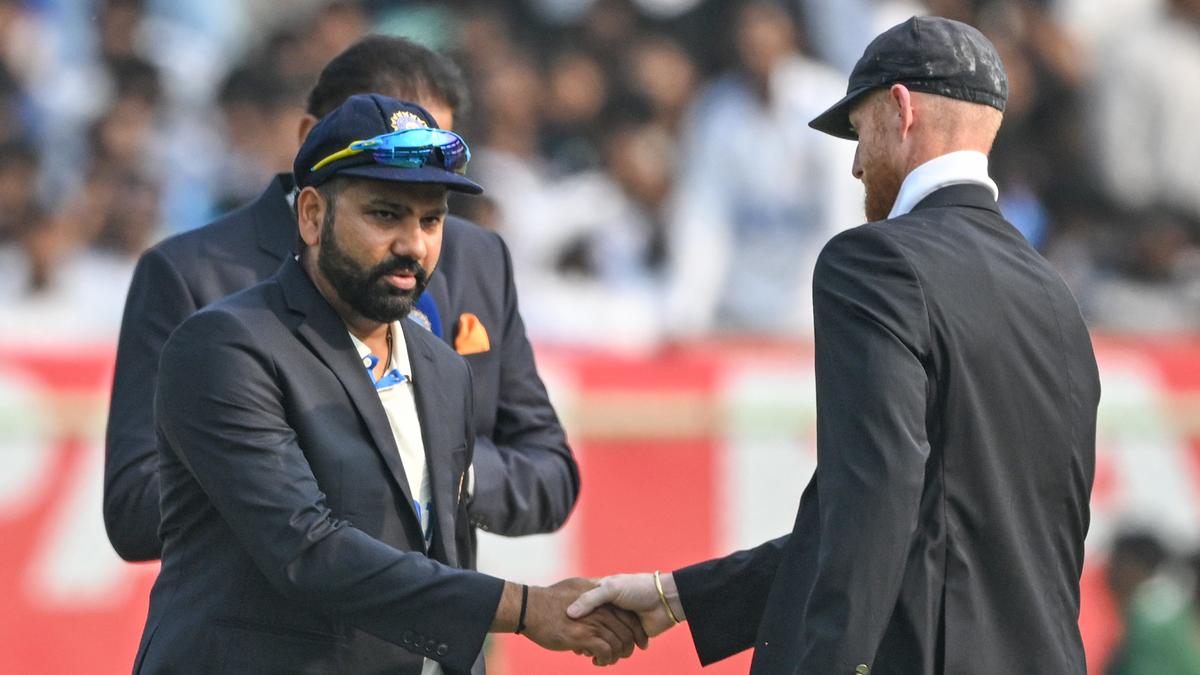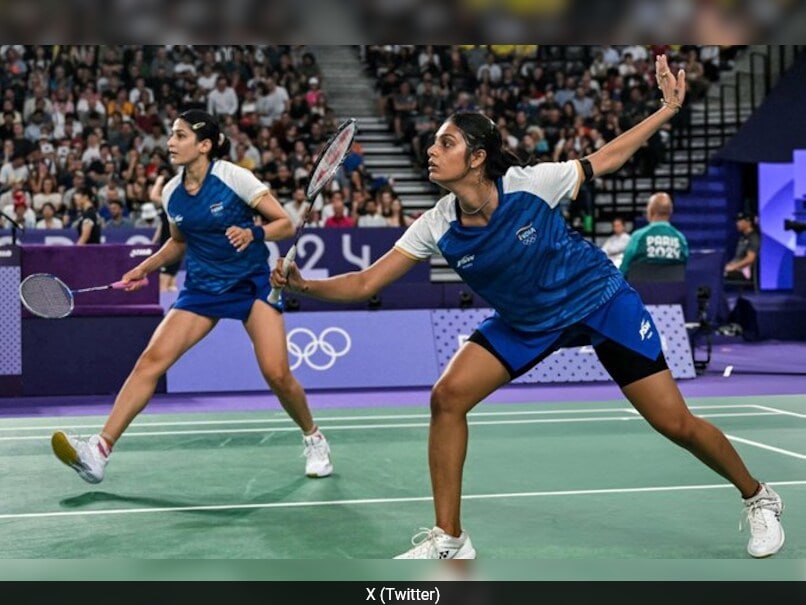ICC Considers Two-Tier System for Test Cricket to Enhance Competition and Development
The International Cricket Council (ICC) has been contemplating a two-tier system for Test cricket for over a decade. In 2004, then General Manager David Richardson hoped to implement it by 2019, but objections from India and other countries who feared relegation delayed its implementation.
The Board of Control for Cricket in India (BCCI) opposed the plan, arguing that it would diminish the popularity and development of the game. Instead, the World Test Championship was introduced in 2014, but it was criticized for its lack of context.
Former England captain Michael Vaughan recently reignited the two-tier plan, suggesting that it would reduce mismatched games between teams with vastly different resources. He proposed dividing the six top-ranked teams into one group and the remaining six into another, with the teams shuffled after two years.
This pragmatic plan would achieve several benefits:
* More tours among non-elite teams: It would encourage tours between countries beyond the top six, fostering the development of the game globally.
* Rationalized calendar: It would allow for more flexibility in scheduling Test series outside the World Test Championship cycle, such as the Ashes or India-Pakistan series.
* Financial support for struggling teams: The ICC has established a special fund of $10 million to assist financially strapped countries, ensuring that they can continue to participate in Test cricket.
The two-tier system would address the concerns raised by India and other countries. By dividing the teams into two groups, it would eliminate the risk of relegation for the top teams. Additionally, the special fund would provide financial support to ensure that all Test-playing nations have the resources to compete.
The time has come for Test cricket to embrace a two-tier system. It would promote competition, foster the development of the game, and ensure the financial viability of Test cricket for all nations.



